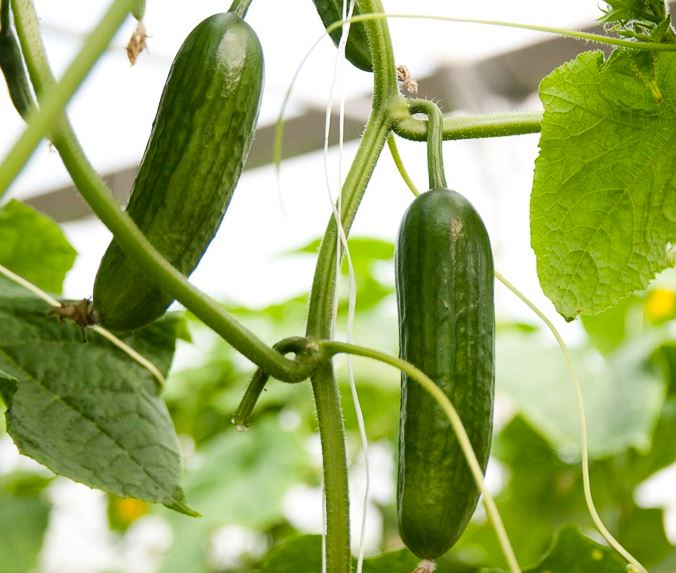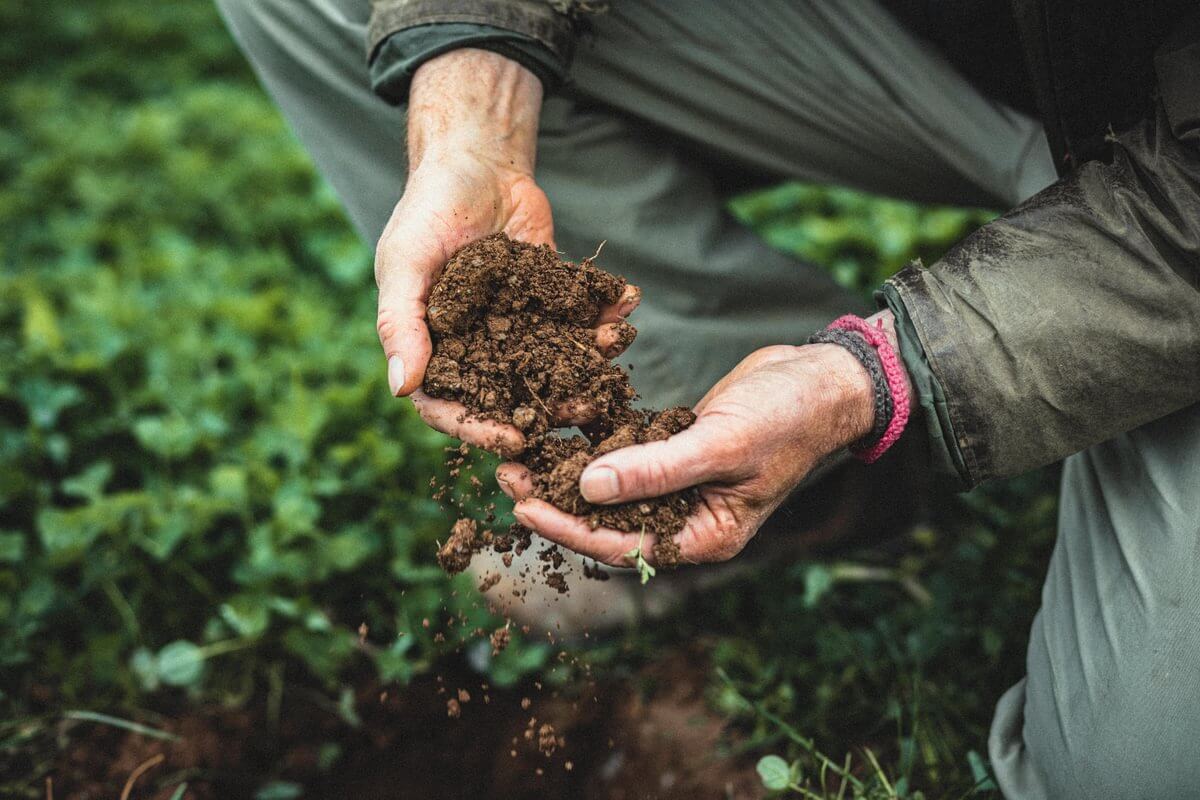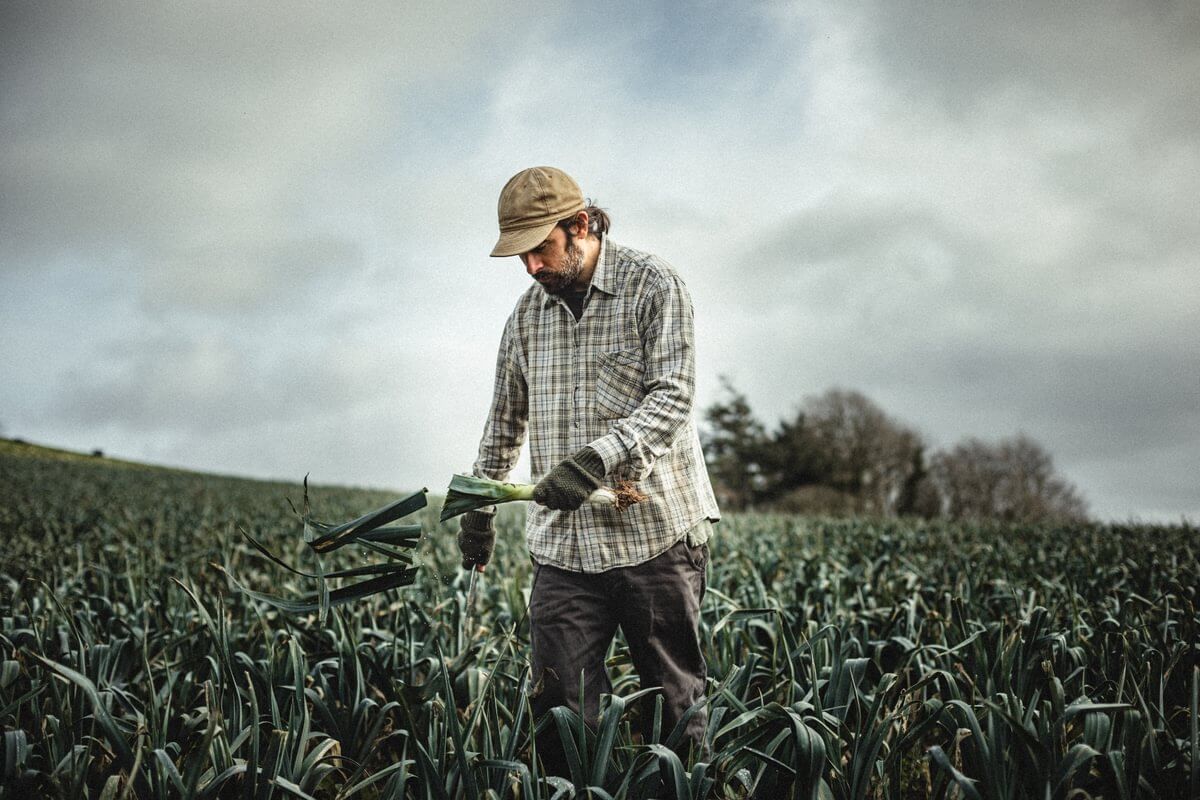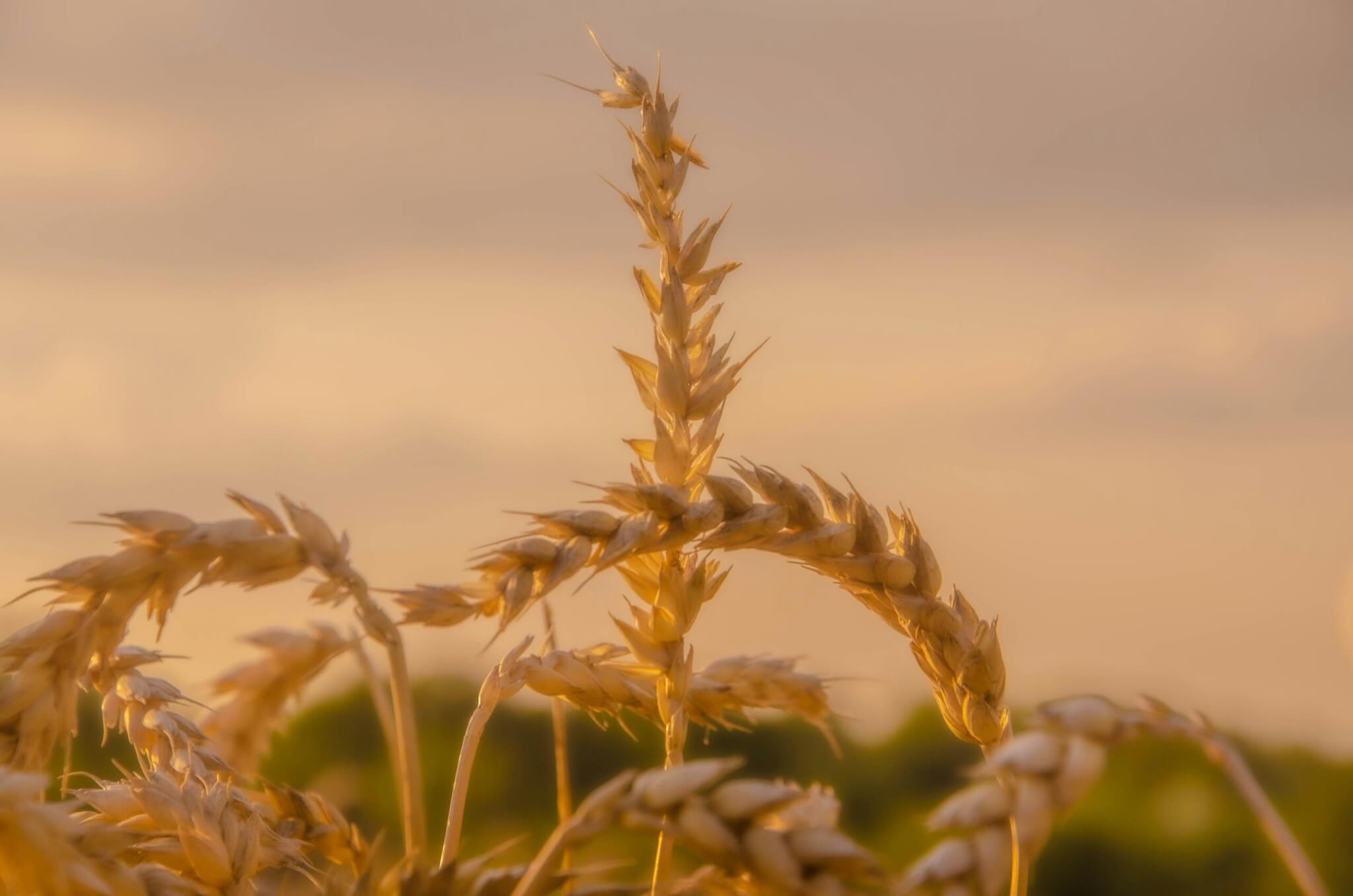We finally seem to be getting going after the cold, wet spring. The team are picking a good range of lettuce varieties now, including Batavia, Lollo Rossa, Oakleaf and Gem. We’re also picking around 2.5 tonnes per week of salad leaves, including mizuna, mustard, Ruby chard, wild rocket and true spinach.
Elsewhere, weed control is in full swing using an artillery of mechanical brush weeders, flame burners, finger weeders and mechanical hoes. Weeds in between plants are removed by manual weeding and long-handled hoeing; a hard and rather unpopular task, but if done early while the weeds are small, it’s effective and manageable. Hoeing lettuce creates better air movement around the plant, which reduces mildew, as well as aerating and mobilising soil nutrients.
We’ve also planted a few acres of late courgettes through biodegradable mulch, primarily for weed control. Despite the excellent planter that delivers a dollop of water as they go in, the plants have got a bit dry, so we’ve spent a few days doing additional watering. This has really helped get them established, and we hope to start harvesting the new-season courgettes in mid July.

In the polytunnels, the mini cucumbers have started about two weeks late but are looking good and tasting great. Another summer favourite, our cherry tomatoes, are on track to start in the second week of July. The teams in the tunnels are now very busy picking cucumbers, spring onions and basil, plus ‘sideshooting’ tomatoes (pulling off unnecessary foliage); this funnels the plants’ energy into producing good fruit. It can get very hot in the tunnels under the summer sun, so these teams start at 5am to avoid the worst of the heat.
Another key weekly task is releasing the ‘bio-controls’: predators such as parasitic wasps, predatory mites and lacewing larvae, which naturally keep in check pests like aphids, whitefly and spider mites. We also put bumblebee hives into the tomato tunnels to improve pollination, and so fruit yields. Unfortunately, we recently had a rogue badger who got into a tunnel and attacked one of the bee boxes. I thought it was after the sugar source inside, but our harvest manager Ed informs me that badgers actually eat the bumblebees!















0 Comments